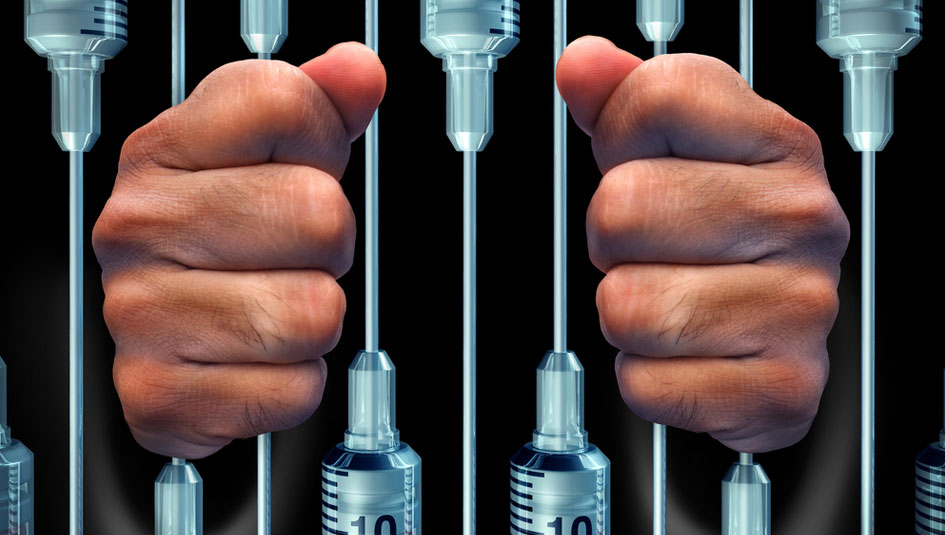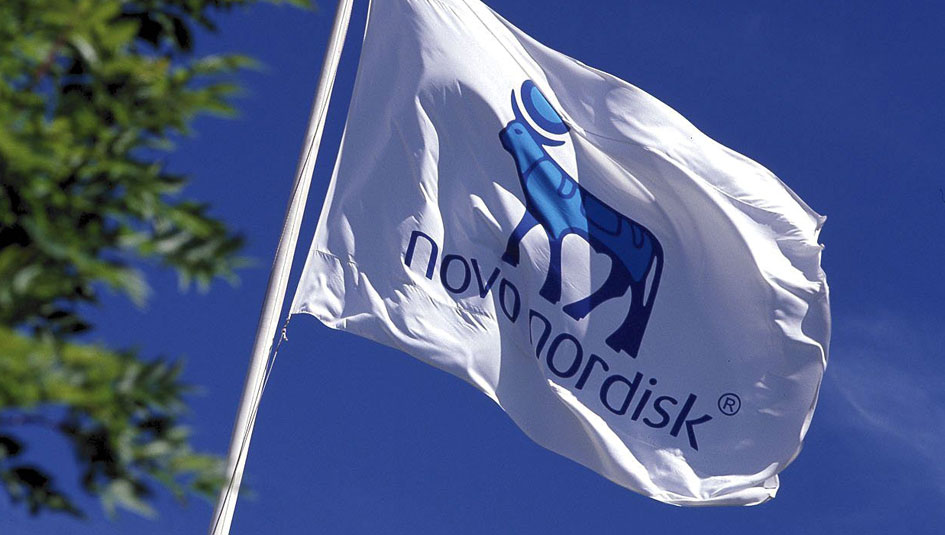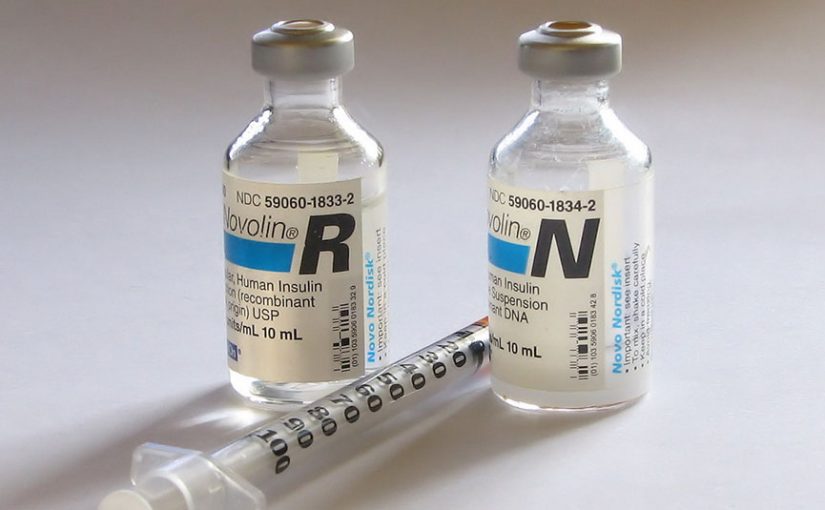Why Walmart Insulins Aren’t the Answer to High Insulin Prices
Over the counter insulins from Walmart are not modern insulins; While they are effective and cheap they require more disciplined use and diet

Some people don’t understand why people with diabetes get upset at the price of insulin. They see insulin for sale at a relatively reasonable price in Walmart and don’t see the problem. What they don’t know is that these Walmart insulins just don’t perform nearly as well as the more expensive insulins, and that gap in performance can have a very negative effect on the health of people with diabetes.
There are three insulins available at Walmart for the price of $25 – NPH, Regular, and 70/30 (a mix of the two). NPH was first approved by the FDA in 1950, Regular was approved in 1982, 70/30 in 1989. That means NPH has been around for 66 years, Regular for 33 years, 70/30 for 27 years.
Take a moment and think about what healthcare was like in 1950.
Now, I’m sure someone is saying, “Well, they must still work if they are still being sold.” And they do, but they don’t work in the same way. These insulins are not interchangeable.
If a person with Type 1 diabetes were to switch from a Humalog/Lantus insulin regimen to Regular and NPH, it would drastically alter their lifestyle, making blood sugar control more irregular and raising A1C scores.
The biggest issue is that whereas Lantus is steady, NPH peaks. A person using NPH must keep a very set dietary schedule, making sure to eat meals and snacks at certain times to correspond with peak times of an insulin dose.
The strict schedule is difficult for everyone, but especially for children. They are unable to alter their daily schedules and must always be sure to eat at specific times. Even if they’re not hungry, they must eat to avoid low blood sugar. And if they are hungry, they often cannot have more than the required amount.
Quite frankly, this sucks. When my child was first diagnosed, she was on NPH. It was incredibly difficult to limit a growing child’s diet to such a strict schedule. Here’s what it looked like:
8 a.m.- 45-carb meal
10:30 a.m. – 15-carb snack
12 p.m. – 45-carb meal
2 p.m. – 15-carb snack
5 p.m. – 45-carb meal
7:30 p.m. – 15-20 carb snack before bed to keep blood sugar up overnight.
I cannot tell you how many times my child refused to eat the 45 carbs in her dinner. There is something wrong when you are fussing at your 5-year-old to stop eating her green beans and to eat her bread, or mashed potatoes, or pasta.
She also was eating dinner between an hour and an hour and a half before the normal family dinner because her insulin required it; her father wasn’t even home yet. And she was unable to have cake at a birthday party because she couldn’t deviate from her schedule. We switched to Lantus as soon as we could.
We have always used Humalog for meal-time insulin and for correcting high glucose levels in a timely manner. The closest comparison to this insulin that Walmart sells is Regular. This insulin is not rapid-acting insulin, but short-acting insulin; the two aren’t the same. Where Humalog and Novalog begin lowering glucose levels within 15 minutes, Regular insulin can take up to an hour to alter glucose levels.
Because Regular has such a delayed response time, a person must inject insulin for meals an hour before they eat. Going out to dinner? You must decide on your meal before you leave the house. If you’re hungry for a snack, you must bolus the insulin and then wait an hour. This also means that a correction dose for high blood sugar has delayed results.
And then there’s the issue of duration. Humalog and Novalog burn off within four to five hours, while Regular remains in the system for eight to 10 hours. At eight hours, all the food that the Regular covered is long gone.
All of these factors affect quality of life and the regulation of blood sugar levels, and up the risk of hypoglycemia. It’s not impossible to stay healthy using Walmart insulins, but it is more difficult and requires very strict adherence to dietary regimen and schedules.
So, yes, Walmart sells twenty-five-dollar insulin. It can save you money today, but it can result in higher costs and poorer health in the long run. These insulins are not the answer to the rapid rise in prices for more popular insulins.
Editor’s Note – This article was excerpted by permission from a longer and more detailed Facebook post about the rapid rise in insulin prices. The original post is part of the #MYLIFEISNOTFORPROFIT social media campaign. A new intro was added and text has been edited for length and clarity. To read the original text, go to facebook.com/worldofteststrips.







